Climate change, through all of its dangerous and exponentially growing side effects, affects us every day of our lives, whether it be through Spring coming earlier than anticipated, or a deadly hurricane ripping through what should be a haven from such disasters.
“As the climate changes and our temperatures become warmer, warmer air actually has the capacity to hold more moisture. So if you can hold more moisture, you can precipitate out more moisture from the air if it just exists there,” Dr. Caitlin Crossett, professor of atmospheric sciences at UNCA said.
Dr. Crossett specializes in hydroclimatic variability, or fluctuations in the water cycle. Essentially, whenever there is significantly more or less water being cycled around, whether it be during a drought, or of course- a hurricane.
“The second piece is that sea surface temperatures are expected to also increase as air temperatures do, so the temperature of the ocean, and so tropical cyclones gain a lot of their energy from the ocean,” Dr. Crossett said. “So those two things in tandem will not only make the storm stronger, but they’ll also make them precipitate more.”
As a hurricane moves over warm water, evaporating water can rise and condensate into clouds, releasing heat energy during the phase change. This energy will fuel the storm’s circulation, and therefore increase the intensity.
“With the changing sea surface temperatures, we’re likely going to see right into tropical cyclones that might be able to progress further towards the poles into higher latitudes where they may not have been able to sustain themselves given the colder sea surface temperatures.” Dr. Crossett said.
This relationship between the rapidly warming– and therefore more moist– climate is one of the main reasons why Helene was able to reach as far inland as Asheville. (Yoo, Santanello Jr, Shepherd, Kumar, Lawston, Thomas, 2020)
“There’s also some evidence that storms as they approach the coast, as we saw this with Hurricane Harvey in 2017 and a couple of storms that hit the Carolina coast, that they slow down and they stall,” Former UNCA professor of STEM education Dr. Evan Couzo said. “When the storm is half over land and half over water, essentially what it’s doing is just pumping water from the sea onto the land and you’re going to see massive flooding.”
Though it’s not just the intensity of already existing hurricanes that are going to get worse: According to Dr. Crossett, it’s the amount of hurricanes that are going to become deadlier too.
“There’s going to be a lot more of the tropical cyclones that form that will form and kind of progress into the category four or five instead of having more on the low end,” Crossett said.
One reason more hurricanes like Helene are expected to hit is due to global warming’s effect on La Niña, though La Niña, which affects primarily the pacific ocean, did not have a major effect on Helene itself.
“La Niña happens when the trade winds that are always in the kind of zero degrees latitude to 30 degrees north or south latitude band move from east to west, so the trade winds in La Niña will get stronger” Crossett said. “So what happens is the trade winds actually pull the surface water, kind of more towards the western side of the basin or towards Australia and Indonesia.”
La Niña’s reason for being a primary factor in the increase in hurricanes and their intensity is due to the concept called wind shear, a variation in wind velocity depending on the elevation. (Wang, Wu, Gu, 2022)
“In the Atlantic basin, La Niña reduces what we call wind shear. So the change in the wind speed from low level by the ocean to the upper level, by the jet stream. So if you have a ton of wind shear for a tropical cyclone: it just kind of rips it apart.” Crossett said.
La Niña is also affected by global warming.
“Right now, it’s on a two to five year time scale. And there’s folks that think that might happen at a much, much faster rate in terms of a few years.” Crossett said.
As climate change worsens and hurricanes like this continue to spiral out of control, there is also the climate justice angle to be analyzed.
“There’s definitely a huge disparity in what people experience,” lecturer of environmental science at UNCA and community activist Ashley Case said. “When we look at where houses are built or where trailer parks are located, the floodplain is usually lower income.”
These disadvantaged, lower-income communities in dangerous areas are often predominantly racial minorities.
“We see a couple of trailer parks that got completely wiped out in Swannanoa were predominantly Hispanic communities,” Case said. “Trying to come back from losing everything when you might only have enough money in your bank account to pay the next cycle of bills, it’s really hard”
For many of those in higher socioeconomic classes afflicted by Helene, it was as simple as driving to family out of state, or even getting a hotel; but for those who couldn’t, it wasn’t that easy.
“They really talked about the hardship of leaving their home, which I’m sure it was really hard, but then you have other people who are living literally in government assisted housing on third or fourth stories, having to lug water up three flights of stairs to be able to flush their toilet.” said Case, on privileged people speaking on the hardships of fleeing town.
A major factor in the mass flooding was the amount of riparian vegetation– vegetation on or near a river bank.
“It was really bad everywhere, even in densely forested areas, but in areas that had a lot of vegetation, their vegetation remained as well as it slowed the waterway a little bit,” Case said. “Having areas where there is no vegetation in the water, water was able to move really swiftly, which definitely is gonna impact the intensity of the outcome.”
It also of course comes down to whether or not these endangered communities near or on floodplains are allowed to be built in the first place.
“We need to have better laws and regulations around building and where people can build,” Case said. “Allowing people to build in flood zones is not only dangerous for our entire community, but it’s dangerous for those people that live there.”
As these disasters begin to increase in frequency, it’s important to know whether humanity will be able to adapt to these worsening conditions.
“You can see that the number [of billion dollar weather related disasters] that are occurring each year are growing larger. 20 years ago it was five a year and now it’s between 20 to 25 a year. It’s only going to keep on getting worse.” Case said.
Despite this shocking statistic, while Case does place an emphasis on preparing for the worst, it is also important to hope for the best. After all, who among us wouldn’t want a society where everyone is equally safe following a natural disaster?
“Maybe we imagine a future where the government and corporations invest in green infrastructure and in ecosystem services,” Case said. “And we see our shoreline covered with mangrove forests that are two miles thick. We see seagrass and coral reefs where boat docks once stood.”
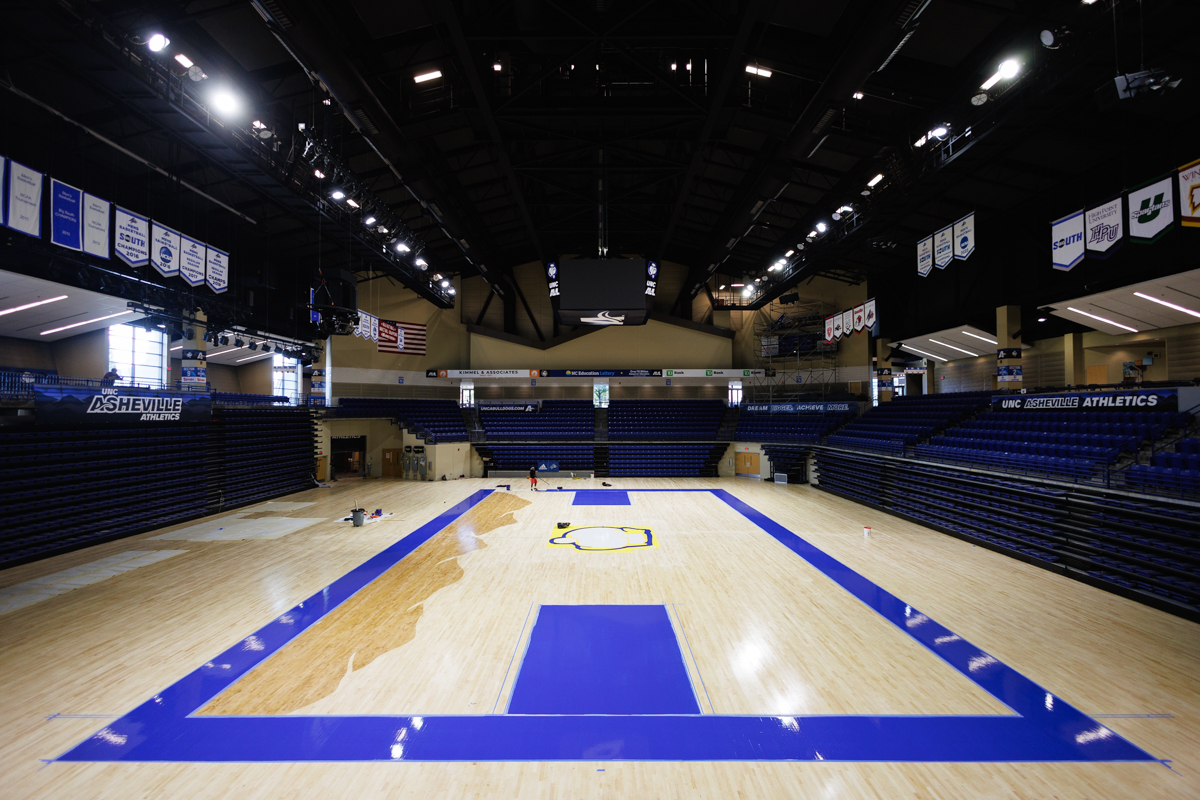
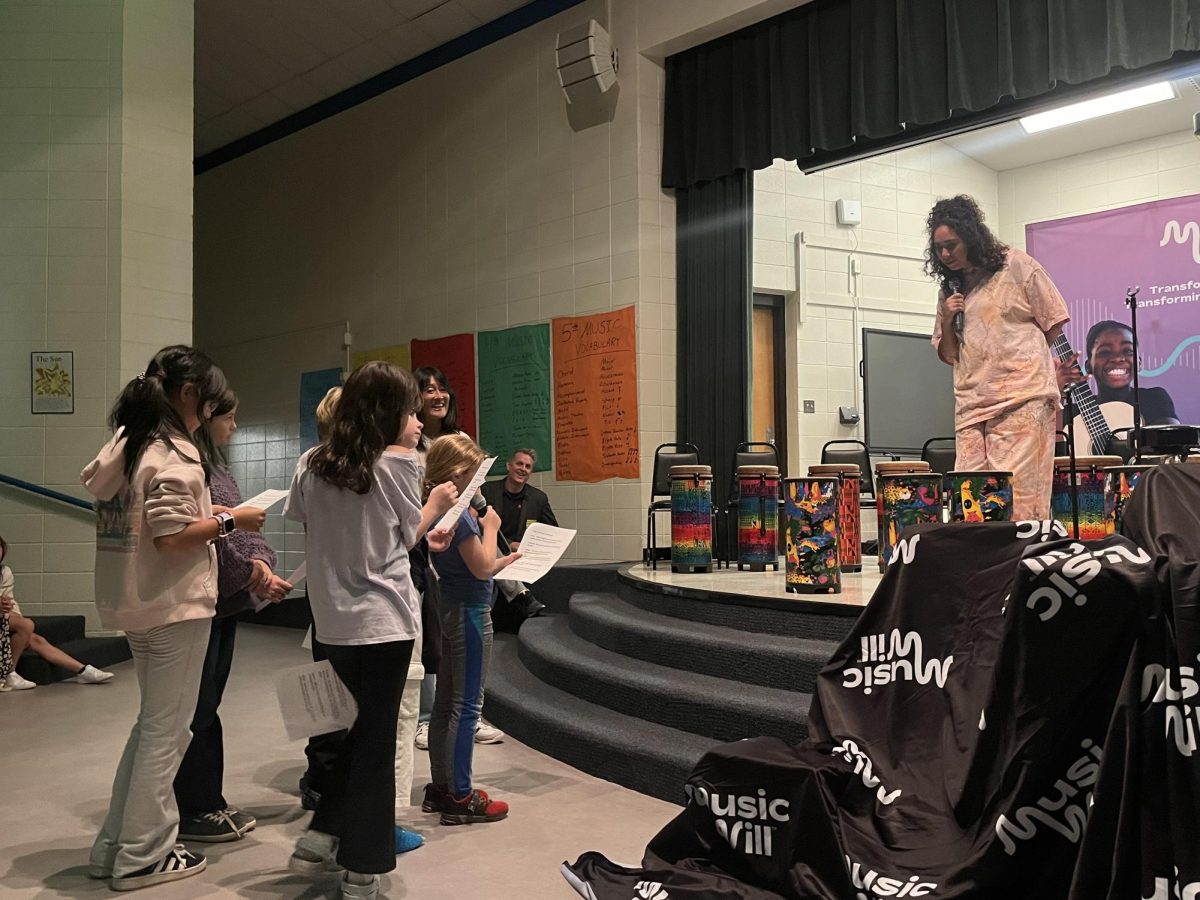
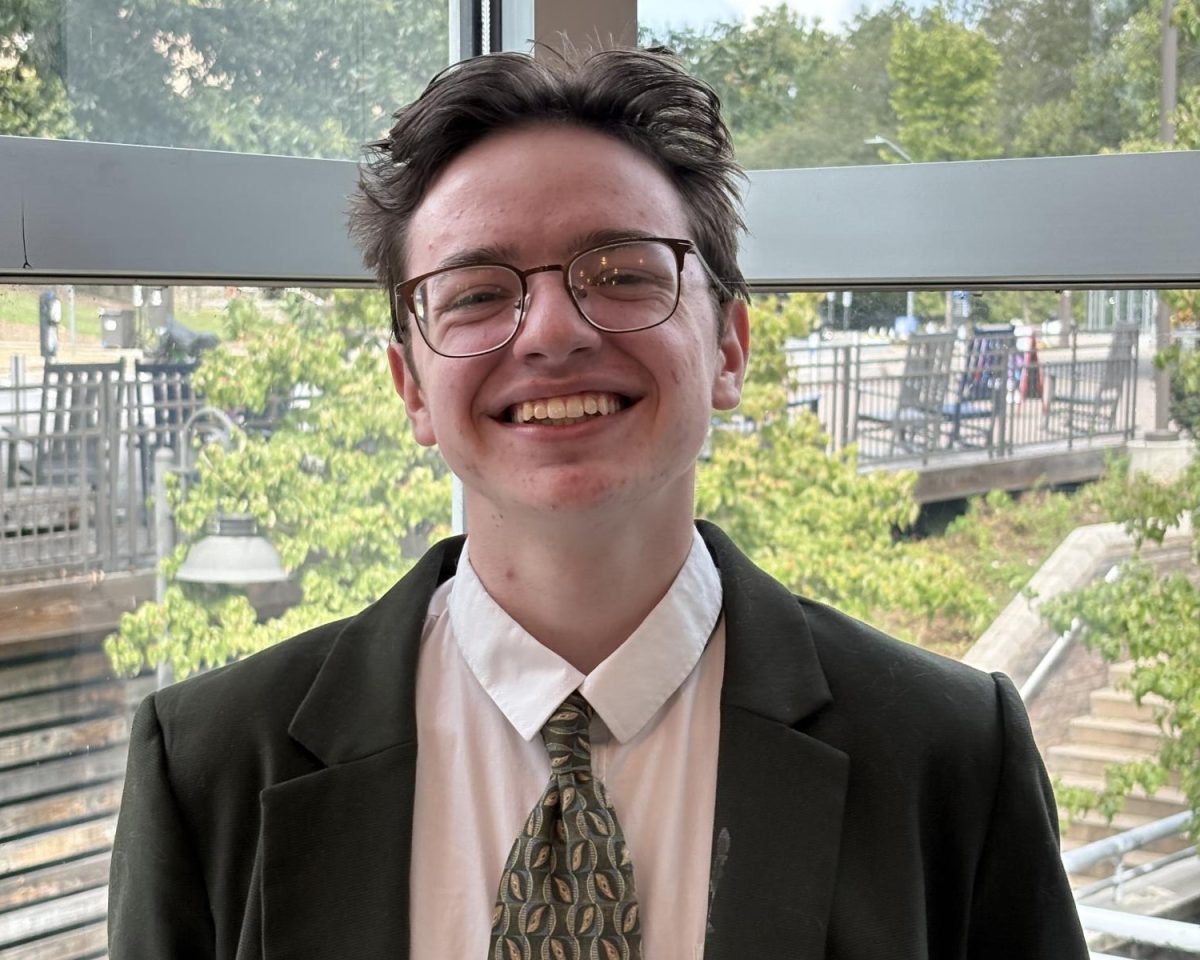
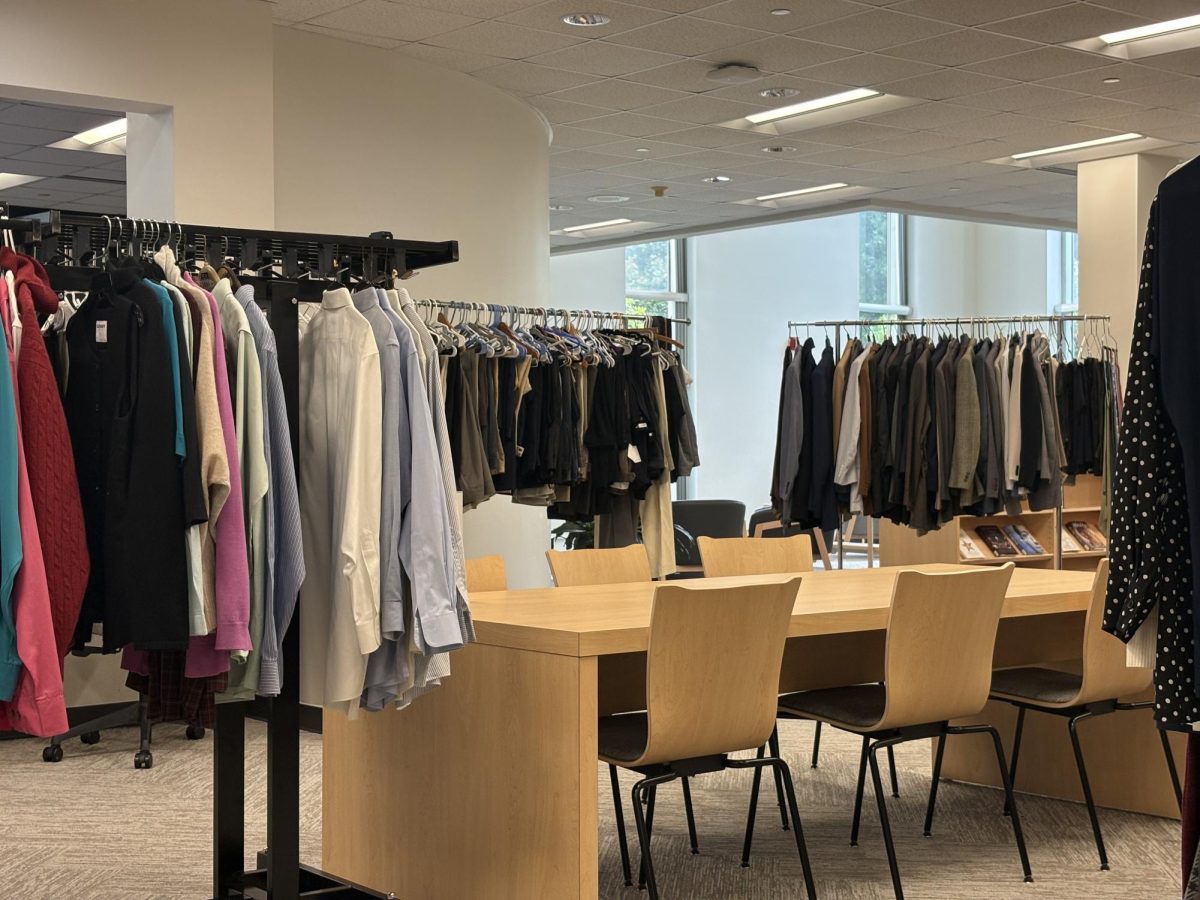
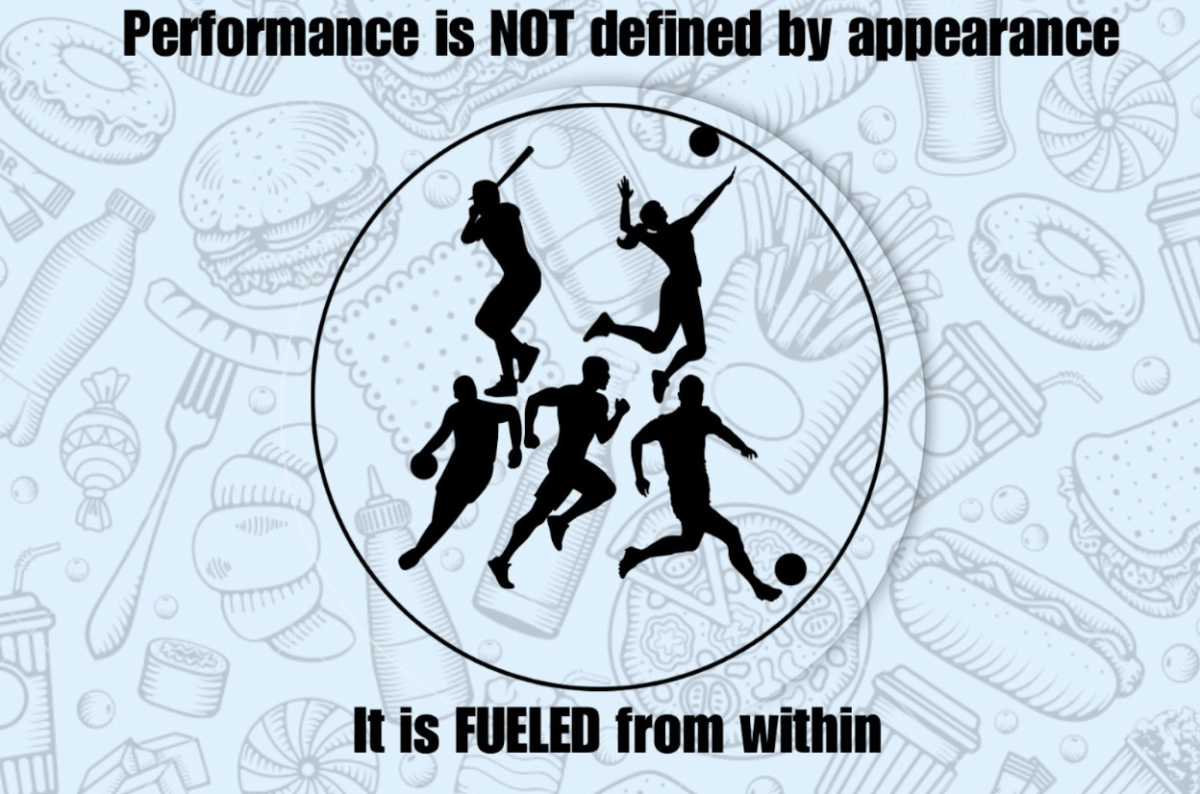

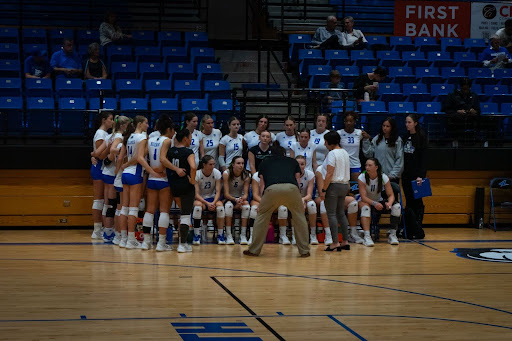


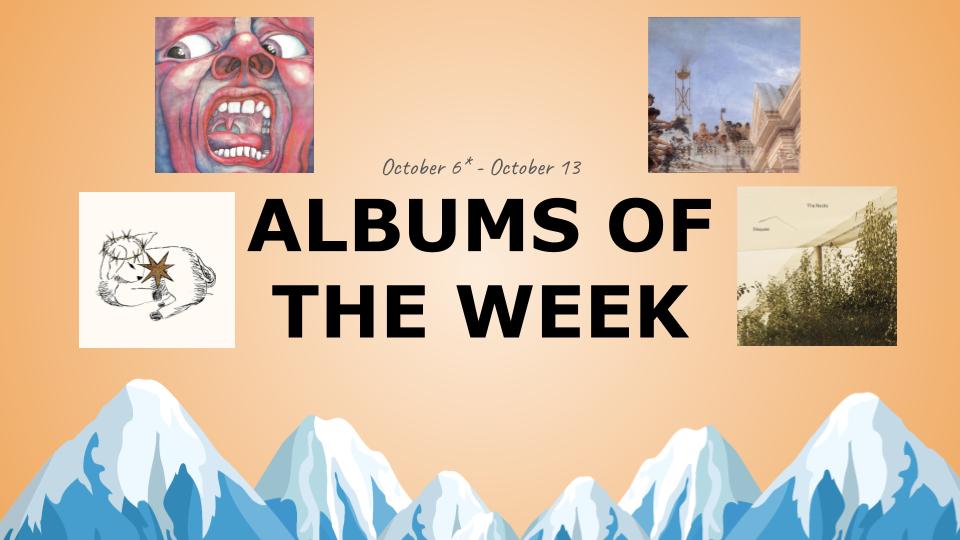




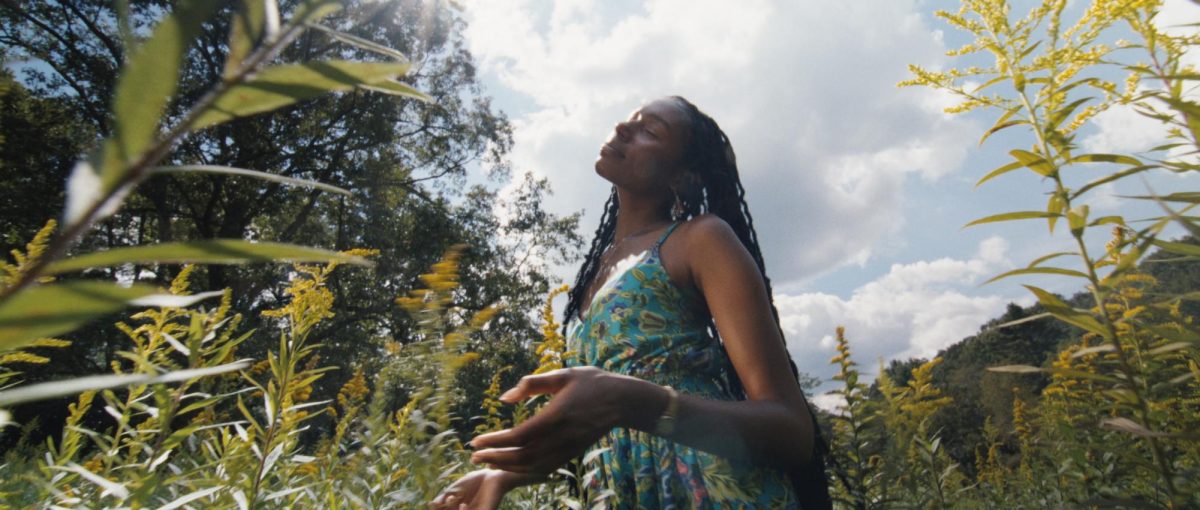


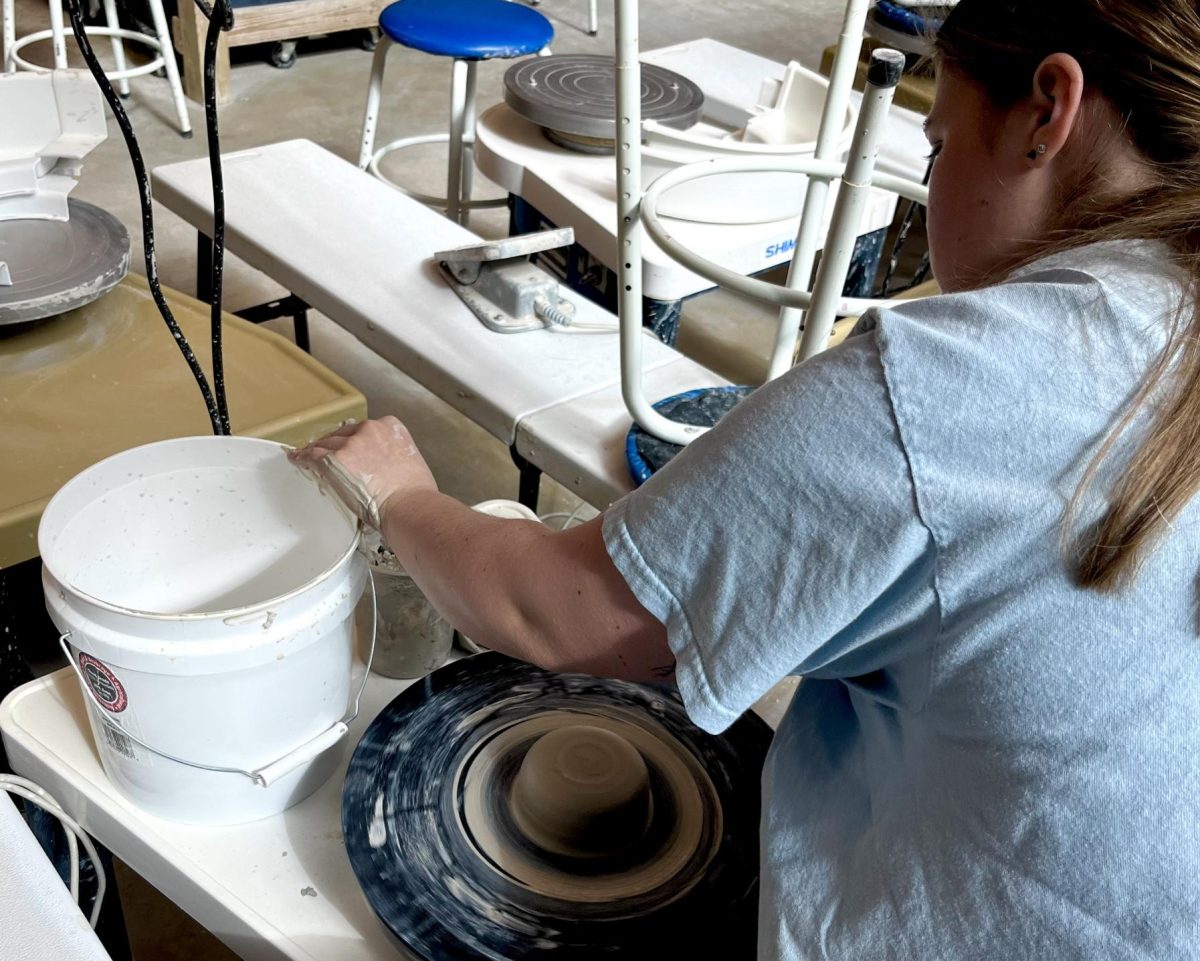

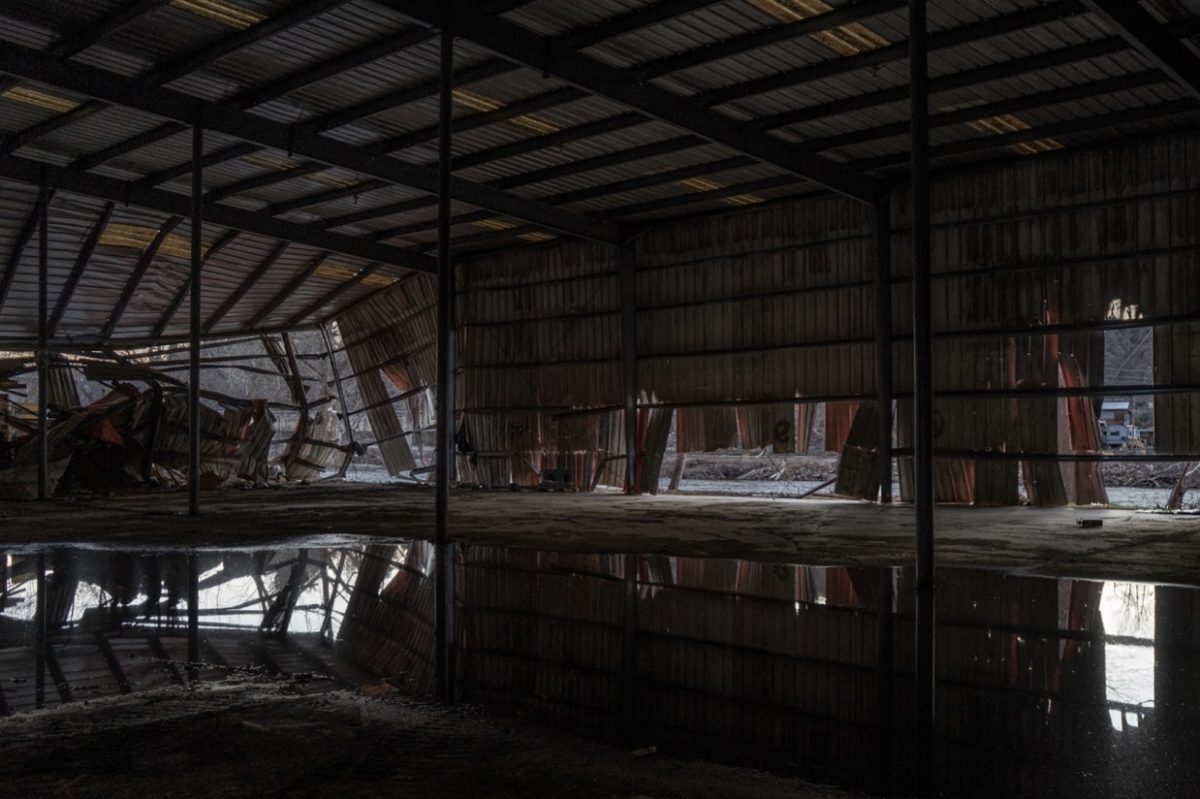
![Brooke Pedersen [second from the right] and Luis Reyes [right] hold banners during the Wrap The Woods event.](https://thebluebanner.net/wp-content/uploads/2025/09/ELIZABETH_PRITCHITT_IMG_3470-1200x804.jpg)